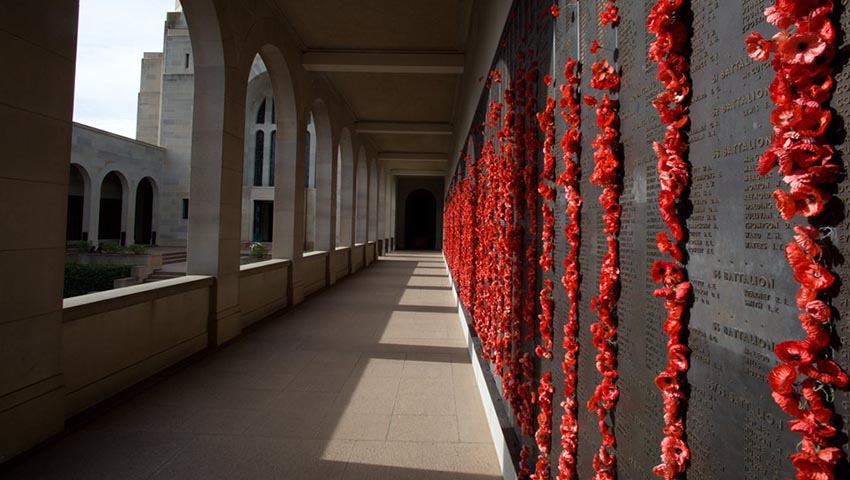Today is Remembrance Day, the day in which we pause and reflect to show our respect for those who died fighting to protect Australia.
To continue reading the rest of this article, please log in.
Create free account to get unlimited news articles and more!
At the 11th hour on the 11th day of the 11th month, a minute’s silence is observed in dedication to those who suffered to protect our shores, in what originally began as Armistice Day.
The tradition was born following the recognition of the moment the fighting stopped on the Western Front, following Germany’s acceptance of armistice terms presented by the allies.
These terms included the withdrawal of German forces to the east bank of the Rhine within 30 days, immediate cessation of warfare, and surrender of the German fleet and all heavy guns with no further negotiations until the signing of the peace treaty, which became effective at 11am on 11 November 1918.
This treaty was made permanent in June the next year following the signing of the Treaty of Versailles.
Five months later, on the first anniversary of the armistice, two minutes silence was introduced as part of the commemorative ceremony at the new Cenotaph in London.
The idea for the two minutes’ silence was actually proposed by Australian journalist Edward Honey, who was working in Fleet Street at the time.
Following the proposal of the idea to British Cabinet, the two minutes’ silence was endorsed, with King George V personally requesting all people of the British Empire to suspend normal activities on the hour of the armistice “which stayed the worldwide carnage of the four preceding years and marked the victory of Right and Freedom”.
The following year, the commemoration added significance for a funeral for unknown soldiers of the Western Front, who were interred with full military honours in Westminster Abbey in London and at the Arc de Triumph in Paris.
Over 1 million people visited the entombment in London within a week to pay their respects at the unknown soldier’s tomb.
Armistice Day continued these traditions until the end of the Second World War, when Australian and British governments decided to change the name of the commemoration to Remembrance Day, which would pay respects to all those who were killed in war.
In 1993, to mark the 75th anniversary of the 1918 armistice, the Australian government exhumed the remains of an unknown Australian soldier from the Adelaide War Cemetery, near Villers-Bretonneux, France, for entombment in the Australian War Memorial’s Hall of Memory, Canberra.
The idea of the unknown soldier holds special significance for Australia, with 35,527 (over a third) of those killed fighting for Australia in World War I and II having no identified grave.
The funeral for the Unknown Soldier was held on Remembrance Day 1993, with the Unknown Soldier’s coffin placed on the Stone of Remembrance outside the Memorial where the then prime minister, Paul Keating, delivered the eulogy:
… We will never know who this Australian was. Yet he has always been among those we have honoured. We know that he was one of the 45,000 Australians who died on the Western Front, one of the 416,000 Australians who volunteered for service in World War I … and one of the 100,000 Australians who have died in wars this century. He is all of them. And he is one of us …
As Australia’s Unknown Soldier was laid to rest in the Hall of Memory, the late Robert Comb, a World War I veteran who had served in battles on the Western Front, sprinkled soil from Pozieres, France, over the coffin and said, “Now you’re home, mate.”
Four years later, in 1997, Governor-General Sir William Deane issued a proclamation formally declaring 11 November to be Remembrance Day, urging all Australians to observe one minute’s silence at 11am on 11 November each year to remember those who died or suffered for Australia’s cause in all wars and armed conflicts.
Last year marked the 100th anniversary since the guns on the Western Front fell silent.
We will remember them for many more centuries to come.

 Login
Login







